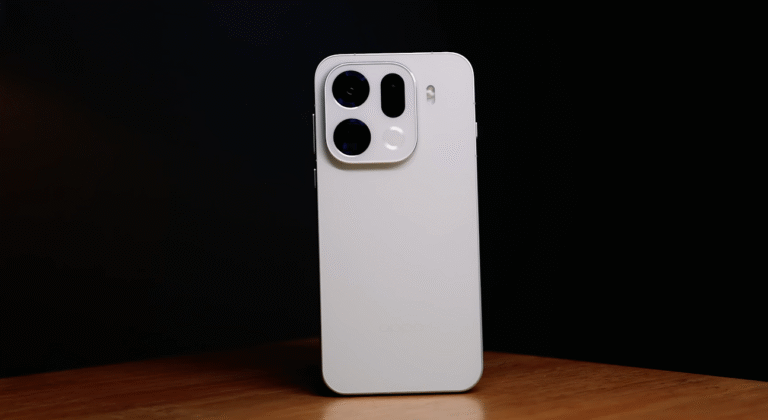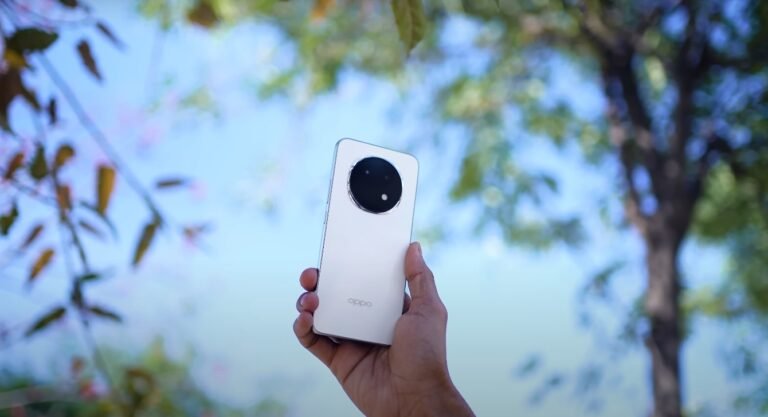Oppo Find X8 Ultra vs Pixel 9 Pro XL early comparison
Flagship Showdown Between Hardware Power and Software Intelligence
The Oppo Find X8 Ultra and Google Pixel 9 Pro XL represent two very different approaches to flagship smartphones in 2025. Oppo continues to focus on pushing the limits of camera hardware, charging speed, and durability, while Google doubles down on artificial intelligence, refined software, and long-term usability. Both phones are aimed at premium buyers but cater to very different priorities. This early comparison highlights how each device performs across design, display, camera, performance, and overall user experience.
Starting with the design, the Oppo Find X8 Ultra feels bold and industrial, featuring a strong aluminum-titanium frame with IP68 and IP69 ratings for dust and water resistance. It’s a solid, heavy device with a large camera housing, designed for users who value ruggedness and premium craftsmanship. The Pixel 9 Pro XL, by contrast, has a more refined and minimalist build. Google’s design language focuses on balance and comfort, offering a smooth matte back, curved corners, and a sleek camera bar that blends into the chassis. The Oppo feels more like a professional tool, while the Pixel feels lighter and easier to handle for daily use.
In terms of display, Oppo leads with a 6.82-inch LTPO AMOLED panel that delivers QHD+ resolution, adaptive 120Hz refresh rate, and excellent outdoor brightness. The color accuracy and HDR performance on the Find X8 Ultra are top-tier, making it one of the best screens for media consumption. The Pixel 9 Pro XL also features a large 6.8-inch AMOLED screen with 120Hz support and HDR10+ certification, offering great sharpness and color tone. However, Oppo’s higher brightness and superior adaptive refresh response make it slightly more impressive for gaming, streaming, and photography previews under bright sunlight.
The camera systems are where the biggest differences appear. Oppo has built the Find X8 Ultra with a hardware-first approach, including a massive 1-inch Sony LYT-900 sensor as the main camera, a 50MP ultra-wide lens, and dual periscope telephoto lenses offering 3× and 6× optical zoom. This setup allows remarkable versatility for photographers who prefer hardware control over software enhancements. Images retain natural depth and accurate tones, even at long distances. The dual periscope system gives Oppo a distinct edge in zoom photography, delivering clarity up to 20× without heavy noise or distortion.
The Pixel 9 Pro XL takes a different route with its camera system. It continues to use Google’s combination of powerful sensors and deep software tuning. Its main and ultra-wide cameras are complemented by a 5× telephoto lens, producing consistent color reproduction and high-quality shots in all lighting conditions. Where Google’s camera shines is in its AI-driven features — including Real Tone, improved Night Sight, and HDR optimization — which refine images instantly after capture. In contrast, Oppo’s output feels more natural and true to life, while the Pixel’s processing delivers brighter and more dramatic visuals that appeal to casual users and social media creators.
Performance-wise, the Find X8 Ultra is powered by the Snapdragon 8 Elite chipset paired with up to 16GB RAM and 1TB storage. This configuration delivers exceptional speed in multitasking, gaming, and heavy workloads. Benchmark results place it among the fastest Android phones available. The Pixel 9 Pro XL runs on Google’s custom Tensor G4 chip, optimized for AI operations and efficiency. While it doesn’t reach the same peak performance levels as Oppo’s Snapdragon chip, it performs smoothly in everyday use, offering better energy management and intelligent resource allocation. Oppo’s raw power benefits gamers and heavy users, while Pixel’s smart performance appeals to those who prefer a consistently cool and stable phone.
Battery and charging also highlight the contrasting philosophies of the two brands. The Find X8 Ultra packs a 6100mAh battery with 100W wired and 50W wireless charging. This means the phone can fully charge in less than 30 minutes, making it a leader in fast-charging technology. The Pixel 9 Pro XL, with its smaller battery and slower charging speed, focuses on longevity rather than speed. Its AI-based battery optimization learns user behavior to extend daily endurance. Oppo clearly wins on charging convenience, while Pixel provides a smarter, more power-efficient experience over time.
Software experience is where Google maintains a strong advantage. The Pixel 9 Pro XL runs Android 15 with a clean interface, fluid animations, and deep integration with Google’s ecosystem. Features like Live Translate, AI wallpaper generation, Call Assist, and advanced voice typing make it ideal for users who love seamless interaction. Oppo’s ColorOS is also polished and feature-rich, offering customization, multitasking tools, and smooth operation. However, it may feel heavier compared to the simplicity and fluidity of Google’s interface. Oppo wins on flexibility, while Pixel dominates in consistency and long-term updates, with up to seven years of official software support.
In conclusion, the Oppo Find X8 Ultra is the better choice for users who prioritize hardware strength, camera versatility, and fast charging. It’s built for enthusiasts who demand cutting-edge performance and durability. The Pixel 9 Pro XL, on the other hand, stands out for its intelligent software, refined experience, and long-term reliability. If you want a photography powerhouse and extreme endurance, Oppo delivers more excitement. But if you prefer balance, simplicity, and Google’s signature AI-driven finesse, the Pixel 9 Pro XL remains one of the most complete Android experiences of 2025.
Also Read: Oppo Find X8 Ultra vs Pixel 9 Pro XL camera samples






